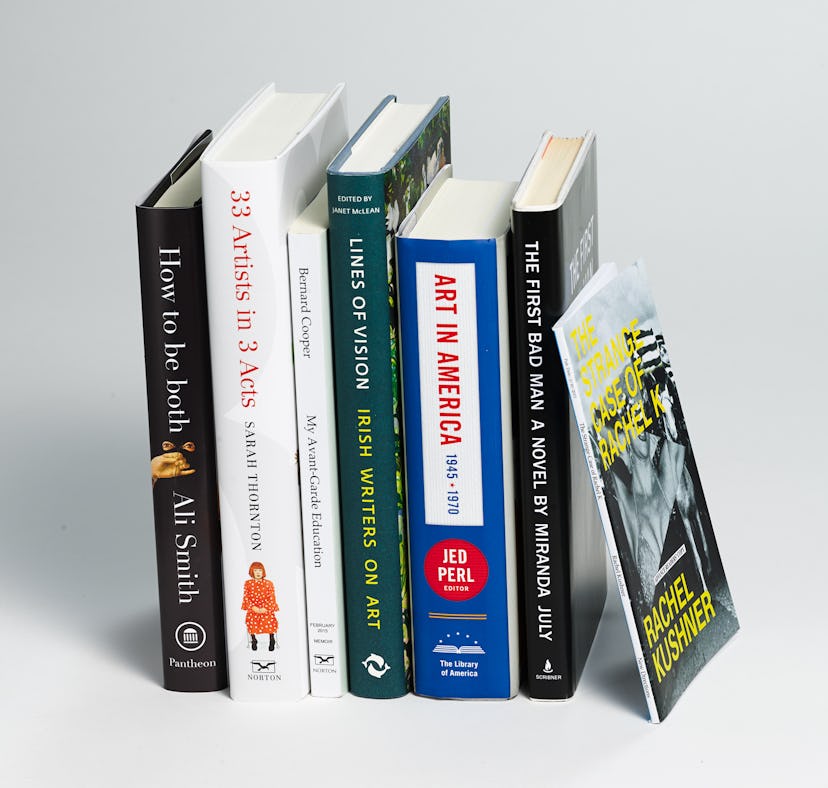Printed Matter

Sometimes the art world can feel like a spectator sport, and a slew of new books promise to take you courtside—or, in some cases, right into the locker room. In How to Be Both (Pantheon, December 2), which was short-listed for the U.K.’s Man Booker Prize, Ali Smith alternates between 1460s Italy, where a young painter named Francesco struggles with his gender identity, and present-day London, where a girl named George comes to terms with the sudden death of her mother following their trip to see the frescoes of Francesco del Cossa in Ferrara, Italy. Hanging a historical novel on artwork might seem a fool’s errand in the wake of Donna Tartt’s towering 2013 novel, The Goldfinch, but Smith succeeds, using formal invention and a lightly surreal touch. The novelist and former critic Bernard Cooper, meanwhile, sets his quick-witted memoir, My Avant-Garde Education (Norton, February 6), at California Institute of the Arts during the school’s ’60s heyday, when artist-teachers like John Baldessari and Allan Kaprow led the West Coast conceptual movement. For a more New York–based account of the period, check out Art in America: 1945–1970 (Library of America, October 9), a collection of the magazine’s writing from a bygone time when critics like Clement Greenberg, Meyer Schapiro, and Dwight Macdonald ruled. Things get literary in Lines of Vision: Irish Writers on Art (Thames & Hudson, October 14), in which Colm Tóibín, John Banville, Seamus Heaney, and others muse on works from the collection of the National Gallery of Ireland on the occasion of its 150th anniversary. But if you’ve read enough from the aging white male, turn to Rachel Kushner, who follows up her artist-centric 2013 novel, The Flamethrowers, with The Strange Case of Rachel K (New Directions, February 10), a slim volume of three noirish stories. The writer, artist, and filmmaker Miranda July’s debut novel, The First Bad Man (Scribner, January 13), is a claustrophobic tale of deviant behavior that might just be her version of a domestic drama. And with 33 Artists in 3 Acts (Norton, November 3), the journalist Sarah Thornton sticks to the entertaining, plainspoken prose of her 2008 book, Seven Days in the Art World—only this time she acts as our bullshit detector. As the artist Gabriel Orozco, who is astutely sketched in the book, declared after reading it: “We are all portrayed in our underwear. At least some of us get to keep our socks on.”